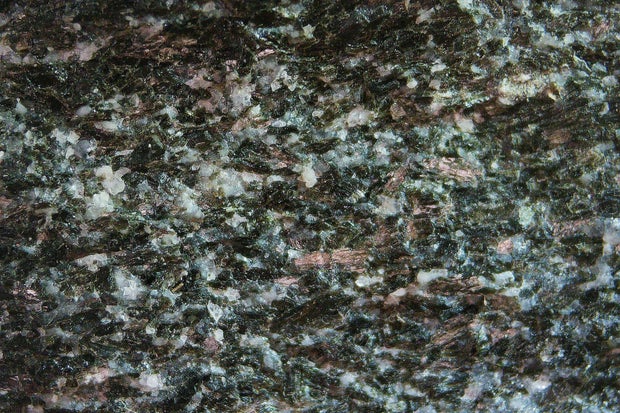These are probably the oldest rocks on Earth

Scientists have identified the oldest rock on Earth among a Canadian rock formation.
The Nuvvuagittuq Greenstone belt has long been known for its ancient rocks – the striped greystone plains on the east coast of Hudson Bay, Quebec. But the researchers did not agree with their age.
Jonathan O’Neil / AP
The dispute has obviously been resolved
Work from twenty years ago shows that these rocks may be 4.3 billion years old, putting them in the earliest days of Earth’s history. But other scientists using another dating method have proposed the finding, suggesting that long-term pollutants tend to be rock-like age and are actually 3.8 billion years younger.
In the new study, the researchers performed different rocky parts of the belt and estimated its age using the first two dating techniques – measuring how one radioactive element becomes another over time. The result: The rock is about 4.16 billion years old.
Jonathan O’Neil, a study author at the University of Ottawa, said the different approaches “give exactly the same age.”
The new study was published Thursday in the journal Science.
Jonathan O’Neil / AP
Ancient rocks may be extinguished in the earliest days of Earth
Shortly after the existence of the solar system, the Earth was formed due to dust and gas about 4.5 billion years ago. Primitive rocks are often melted and recycled by Earth’s moving tectonic plates, making them extremely rare on today’s surfaces. Scientists have discovered 4 billion-year-old rocks from another Canadian strata called Acasta Gneiss Complex, but Nuvvuagittuq rocks may even be older.
Studying rocks from Earth’s earliest history gives you a glimpse into how Earth looks—how its popsicle magma ocean gives way to tectonic plates, and even how life begins.
“Samples of what is happening on Earth are really valuable,” said Mark Reagan of the University of Iowa.
Jonathan O’Neil / AP
Inuit community hopes to avoid using rocks
The rock formed on the tribe’s Inukjuak land, and the local Inuit community temporarily restricted scientists from taking samples from the site due to damage from previous visits.
Tommy Palliser said that after some geologists visited the site, the community was missing most of the rocks and the community noticed items sold online.
“These rocks have a lot of interest in these rocks,” said community member Palliser. “We just don’t want to hurt anymore.”




